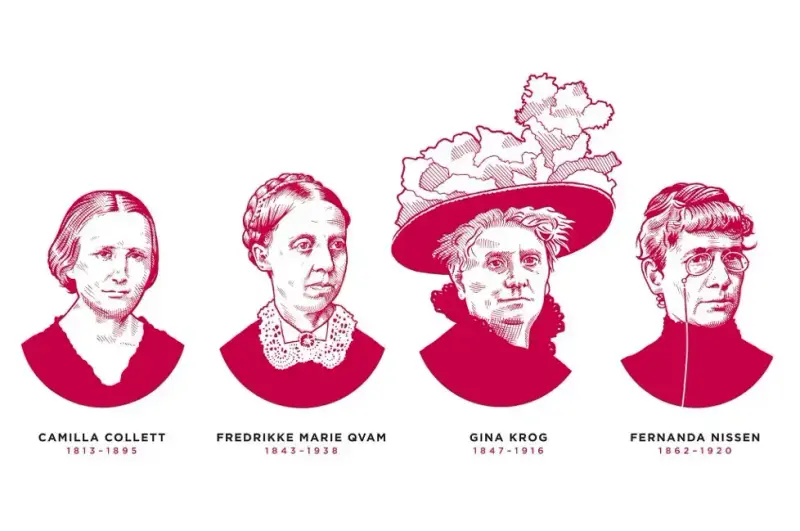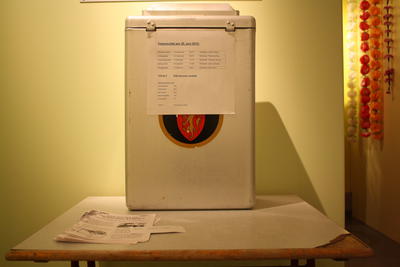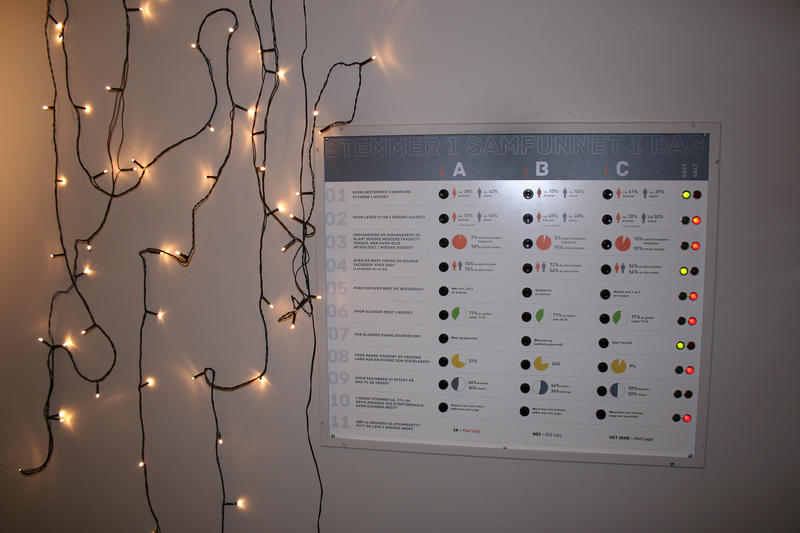Voices then – Voices now
In 1913, Norwegian women were granted universal suffrage and could be elected into parliament and government. New Zealand and Finland was there already – New Zealand as early as 1893, and Finland in 1906. However, Norway was the first independent country in the world to grant all women the right to vote.
It was the fruit of much labour. Men and women alike ha fought for it for years. The Norwegian Constitution was written in 1814, but Norway was not a real democracy until almost 100 years later.
The vote for women was introduced gradually:
1901 Income restricted right to vote in local elections
1907 Income restricted right to vote in national elections
1910 Universal suffrage in local elections
1913 Universal suffrage in national elections
One hundred years later, and a lot has happened, particularly with regards to legislation. Today, we talk about "Norway, the country of equality" and "the world's best country for women". Some even say "equality has gone too far".
Are we all participating equally? Are women's voices heard as often as men's? How about voices from different backgrounds and in different age groups?



